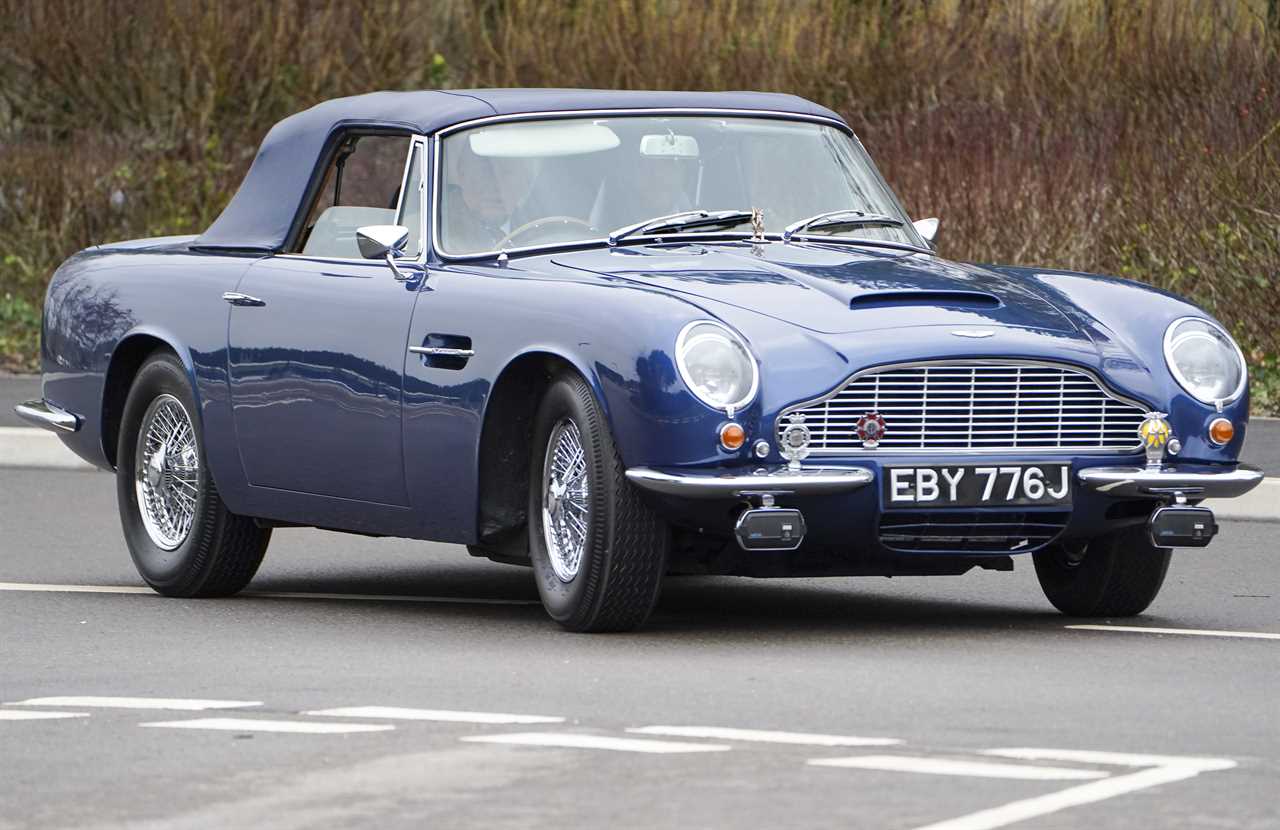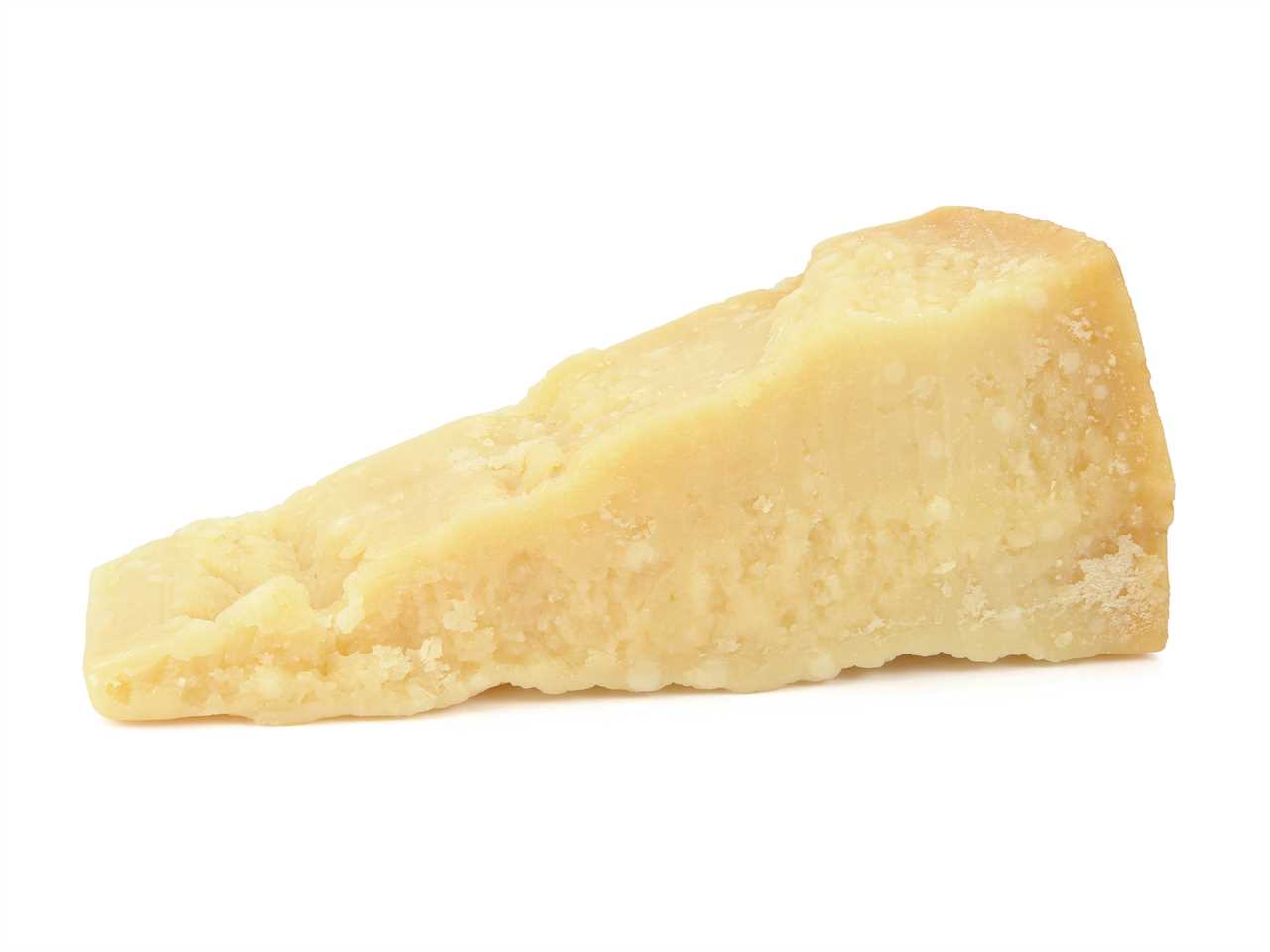HOW do you make your classic Aston Martin DB6 a bit more environmentally friendly?
It’s a nice problem to have, and one that HRH Prince Charles has solved – or at least, has had someone solve.

His 1970 Aston Martin – given to the Prince by his mum the Queen on his 21st birthday – has been converted to run on byproducts from the British wine and cheese industries.
And while that doesn’t mean pouring chilled chardonnay or molten raclette into the fuel tank of a priceless Aston Martin, it does have some benefits.
What is E85 and what is biofuel?
Until recently, petrol sold on forecourts in the UK was E5. That means it was 5% bioethanol – a type of fuel that can be made from plants and causes less pollution than normal petrol.
Beginning in 2021, petrol sold in the UK is E10. That means it’s 10% bioethanol.
These fuels can be used in almost any car without modifications and reduce the amount of greenhouse gases produced at the tailpipe – but only slightly.
Prince Charles has had his beloved DB6 modified to run on E85, which is 85% bioethanol.
The DB6 driven by Prince Charles uses E85 derived from the wine and cheese industries.
It won’t make a huge difference to the world’s climate crisis, nor is it scalable in any meaningful way – commercial supply of biofuel necessitates dedicated crops and processing.
Can I run my Mondeo on wine and cheese?
Most cars can’t run properly on E85 fuel, which has very little normal petrol in it.
To do so would require conversion – which would probably be an expensive waste of time for most Brits.
E85 is quite difficult to find in the UK.
Some E85 users find it difficult to start their cars on cold days, though it’s relatively popular in Finland and Sweden.
E85 can be made from all sorts of plants. Sugar cane is a good starting point.

Critics of E85 say that it’s a waste of food and arable land, which could be better used to produce crops that people can eat.
And the environmental benefits of E85 are slim when compared to, say, hydrogen fuel cells or battery-electric vehicles charged with renewable energy.
E85 might be a useful solution for people who have a cherished classic car they don’t want to part with, but who want to reduce its environmental footprint slightly.
But for most of us it’s a bit far-fetched – just like owning a DB6 in the first place.






